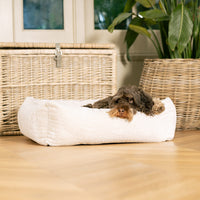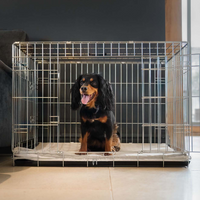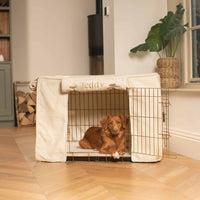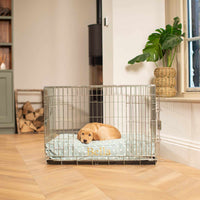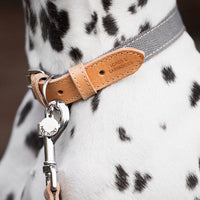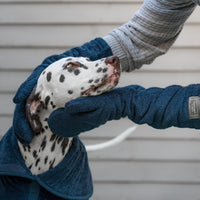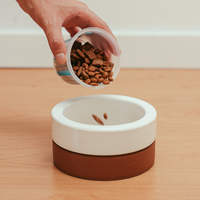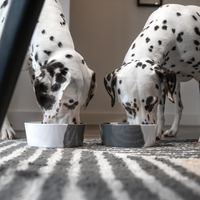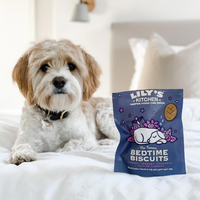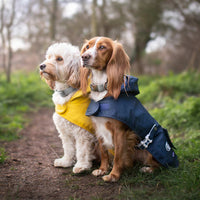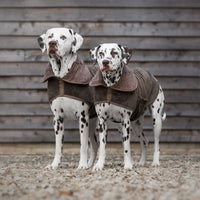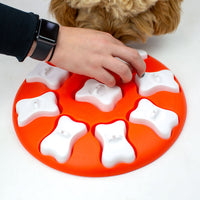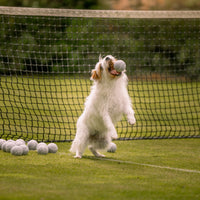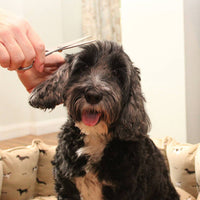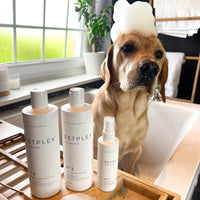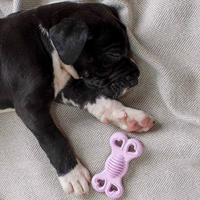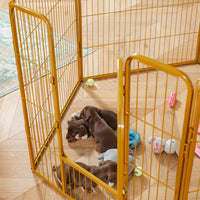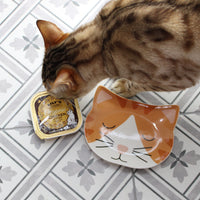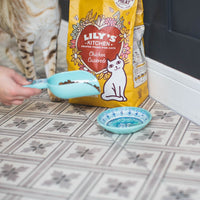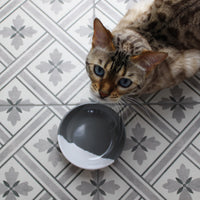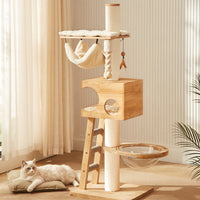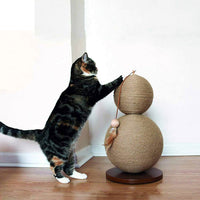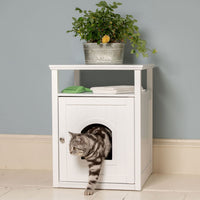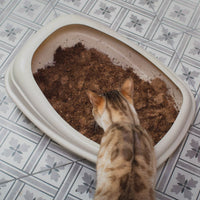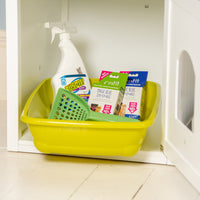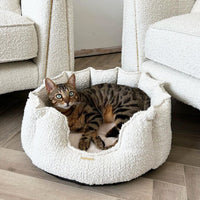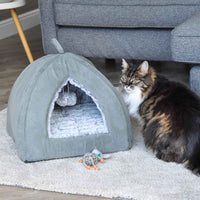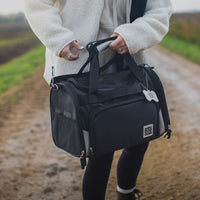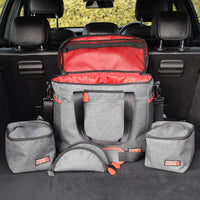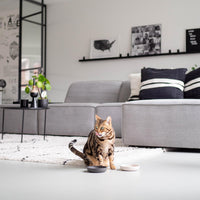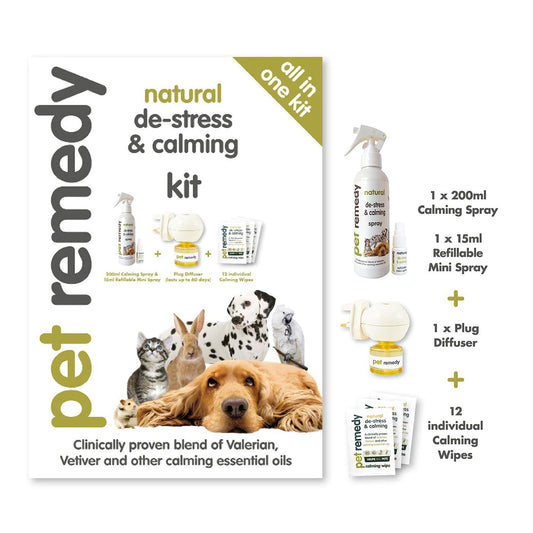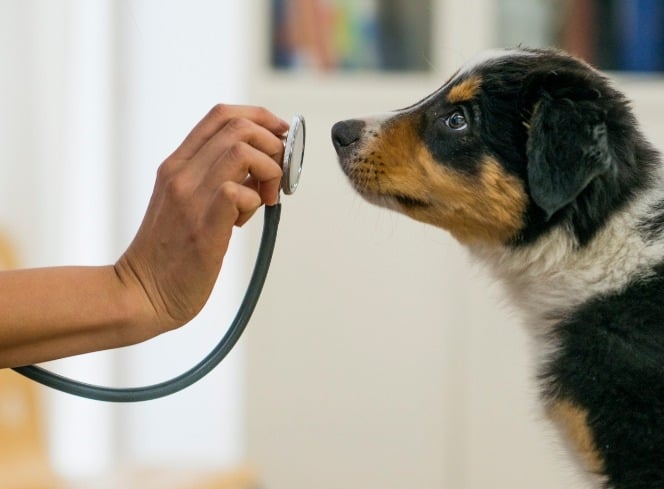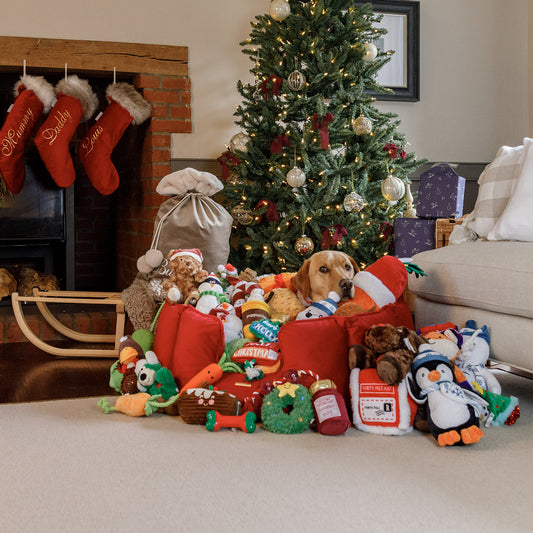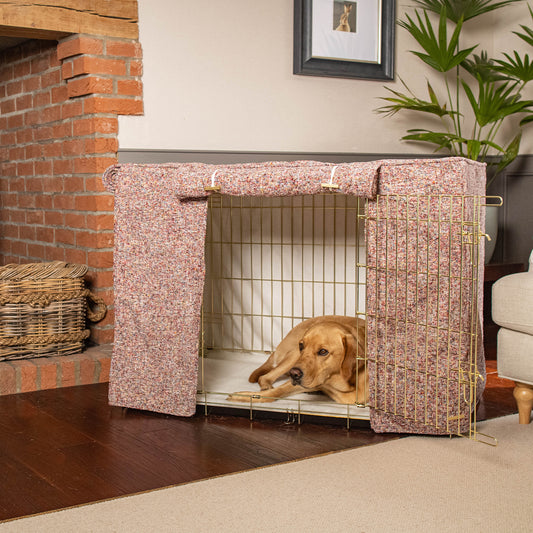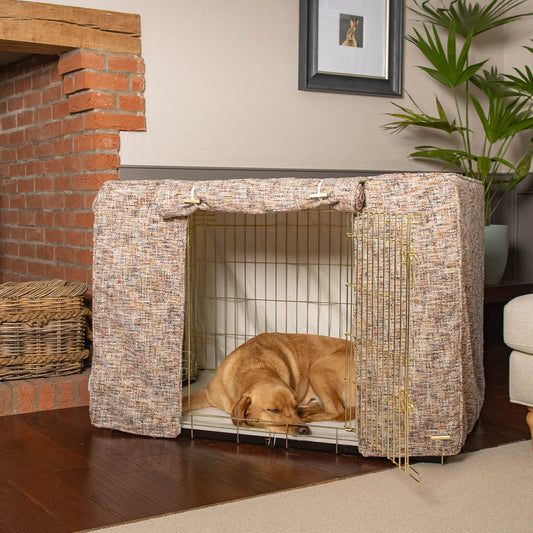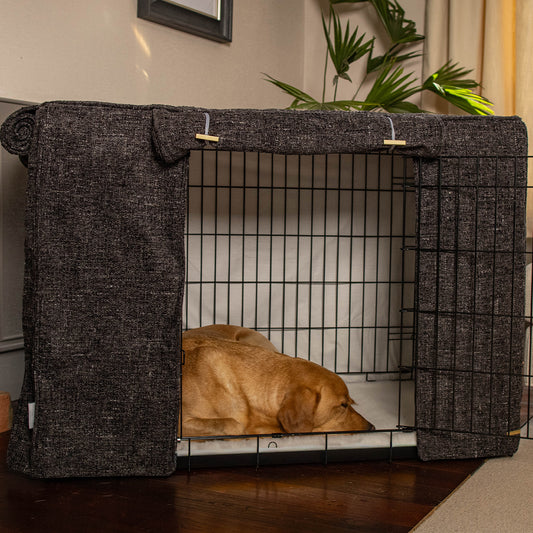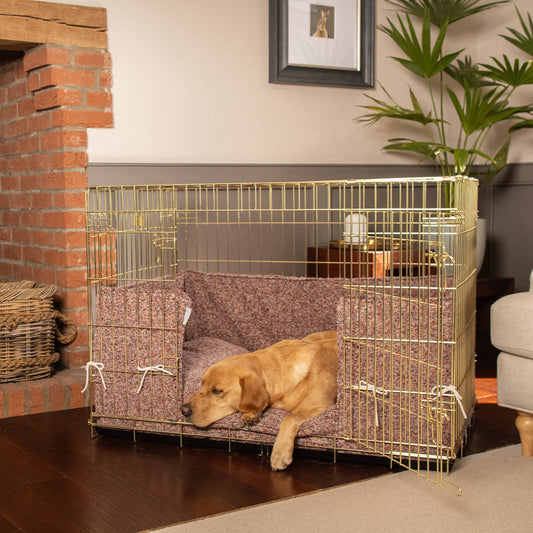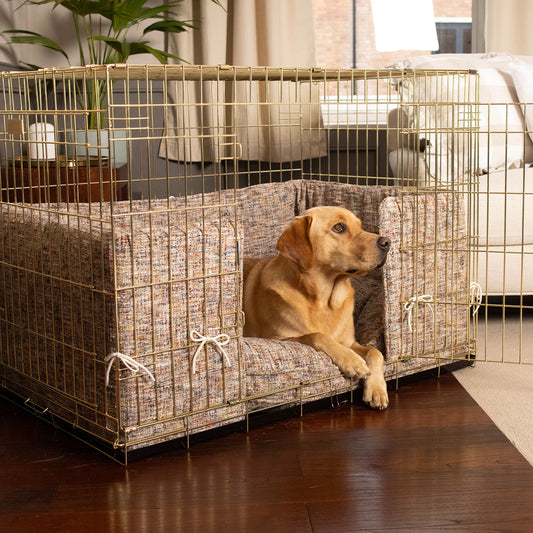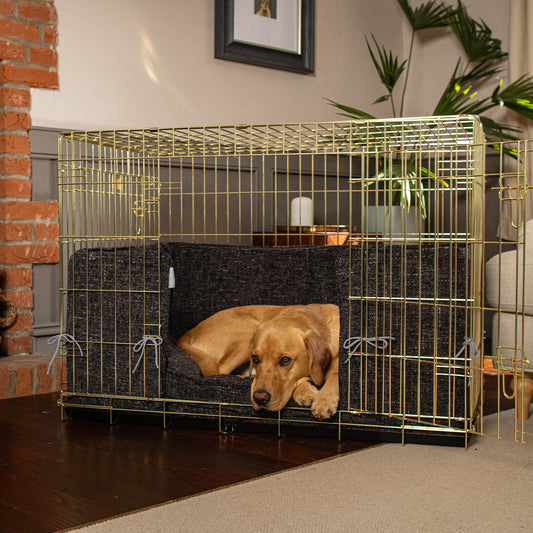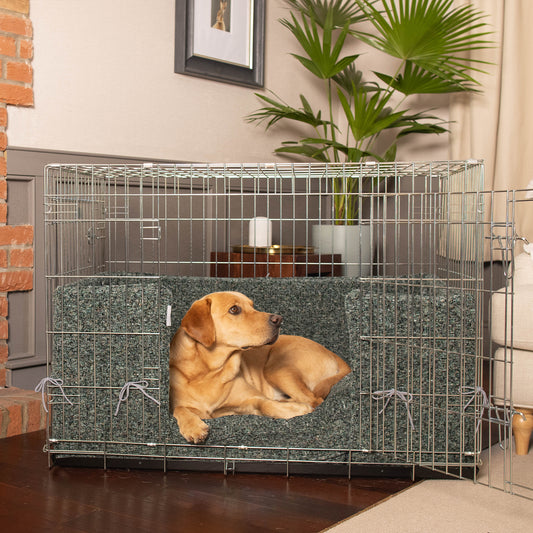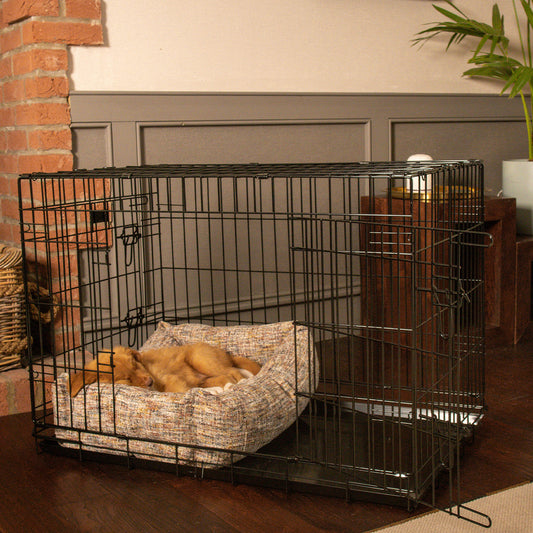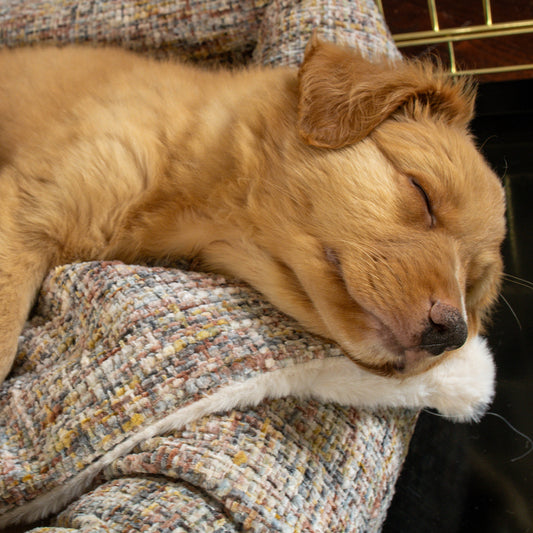Ensuring your dog receives the appropriate vaccinations is a fundamental aspect of responsible pet ownership. Vaccinations, often referred to as dog immunisations, play a crucial role in safeguarding your canine companion against a variety of serious and potentially fatal diseases. In this expert guide, we'll delve into the essential vaccinations for dogs in the UK, discuss the importance of annual shots for dogs, and address common concerns such as the side effects of puppy vaccinations.
Why Are Dog Vaccinations Important?
Vaccinating your dog is essential for several reasons:
- Disease Prevention: Vaccinations protect dogs from contagious diseases that can lead to severe illness or death.
- Public Health: Some canine diseases can be transmitted to humans; vaccinations help reduce this risk.
- Legal Requirements: Certain vaccinations are required by law, especially if you plan to travel with your dog.
Core Vaccinations for Dogs in the UK

In the UK, there are core vaccines that are highly recommended for all dogs due to the prevalence and severity of the diseases they prevent. So, what vaccinations do dogs need in the UK?
- Canine Distemper Virus: A highly contagious disease affecting the respiratory, gastrointestinal, and nervous systems.
- Canine Parvovirus: A severe viral disease causing gastrointestinal illness in puppies and young dogs.
- Infectious Canine Hepatitis (Adenovirus): Affects the liver, kidneys, and eyes.
- Leptospirosis: A bacterial infection that can affect both dogs and humans.
These dog vaccinations are typically administered as a combined injection, often referred to as the DHP vaccine.
Non-Core Vaccinations
Depending on your dog's lifestyle and environment, additional dog injections may be recommended:
- Kennel Cough (Bordetella bronchiseptica and Canine Parainfluenza Virus): Advised if your dog frequently interacts with other dogs, especially in kennels or dog parks.
- Rabies: Mandatory if you're planning to travel abroad with your dog.
Puppy Vaccination Schedule

Starting vaccinations at the right age is crucial for effective immunity.
- First Set of Vaccinations: Puppies should receive their first dog jabs at around 6-8 weeks of age. Puppies are often given their first vaccination whilst they're still with their breeder before they come home, check with your breeder when you're buying a puppy as to their vaccination status and make sure you bring home any vaccination records.
- Second Set: A follow-up injection is given at 10-12 weeks.
- Booster: An additional booster may be administered at 16 weeks depending on the brand of vaccine your vet has used.
It's important to adhere to this schedule to ensure your puppy develops strong immunity against these diseases.
Do Dogs Need Annual Vaccinations?
A common question among pet owners is, "Do dogs need annual vaccinations?" The answer is generally yes. After the initial puppy vaccinations, dogs require annual shots to maintain their immunity.
- Annual Boosters: These are essential to reinforce your dog's immunity against diseases.
- Health Check-ups: Annual visits allow the vet to perform a full health assessment.
Skipping annual dog injections can leave your pet vulnerable to diseases, so maintaining a regular vaccination schedule is highly recommended.
Cost of Boosters for Dogs

Understanding the cost of boosters for dogs helps in planning your pet care budget.
- Average Cost: In the UK, booster vaccinations can range from £30 to £60.
- Factors Influencing Cost: The price may vary depending on the veterinary practice and the specific vaccines required.
Wondering how much are boosters for dogs? It's best to consult your local vet for precise pricing. Some vets offer a pet plan which is a monthly payment that usually covers your dog’s annual vaccination and their flea and worming medication and often can work out cheaper than paying for them individually. Sometimes the pet plan will also have other benefits like discounts off the shop at your vets or a free 6 monthly health check up for your dog so it’s definitely worth checking with your vet to see what their pet plan covers.
Side Effects of Puppy Vaccinations in the UK
While vaccinations are generally safe, some puppies may experience mild side effects.
- Common Side Effects: Lethargy, slight fever, and soreness at the injection site.
- Serious Reactions: Rarely, allergic reactions can occur, characterised by swelling, vomiting, or difficulty breathing.
If you notice any severe side effects of puppy vaccinations, contact your vet immediately.
What Are Dogs Vaccinated Against?
To summarise, what are dogs vaccinated against in the UK?
- Core Diseases: Distemper, Parvovirus, Hepatitis, and Leptospirosis.
- Non-Core Diseases: Kennel Cough and Rabies (if necessary).
These vaccinations are critical in protecting your dog from debilitating diseases.
Tips for a Smooth Vaccination Experience

- Stay Calm: Dogs can sense your anxiety; staying relaxed helps keep them calm.
- Post-Vaccination Care: Monitor your dog for any adverse reactions after the dog injection.
- Keep Records: Maintain a vaccination record for reference and future appointments.
Conclusion
Vaccinations are a vital component of your dog's overall health care plan. Regular dogs annual injections not only protect your pet but also contribute to the wellbeing of the canine community by preventing disease outbreaks. Consult your veterinarian to establish a vaccination schedule tailored to your dog's specific needs.
At Lords & Labradors, we are committed to the health and happiness of your pets. From essential health care products to luxury dog beds, we offer everything you need to keep your furry friend in top condition.


